Population range expansions, with mathematical applications to interacting systems and ancient human genetics
dc.contributor
Universitat de Girona. Departament de Física
dc.contributor.author
López de Rioja, Víctor
dc.date.accessioned
2019-07-11T11:22:49Z
dc.date.available
2019-07-11T11:22:49Z
dc.date.issued
2019-03-11
dc.identifier.uri
http://hdl.handle.net/10803/667171
dc.description.abstract
The thesis studies from an analytical and computational perspective, and by using reaction-diffusion equations, the spatiotemporal evolution of different populations.
First, the dynamics of the T7 bacteriophage infecting the E. coli bacteria is studied. By adding the delayed time in diffusion and reaction terms, as well as new mathematical terms biologically sound, we can achieve results that accurately match the experimental propagation speeds.
Secondly, different mathematical models are proposed to correctly understand the expansion of VSV in Glioblastoma. The only model capable of this explanation is the system which understands the delay time for the processes of diffusion and reaction.
Finally, the Neolithic transition through Europe is explained by studying ancient genetic DNA samples alongside mathematical simulations. Focusing on haplogroup K, the model is built by analyzing the two Neolithic diffusion mechanisms: demic and cultural. The simulations show that the transition is basically demic, with only 2% of the Neolithic farmers interacting culturally
en_US
dc.description.abstract
Aquesta tesi estudia des d’un punt de analític i computacional, gràcies a les equacions de reacció-difusió, l’evolució espaciotemporal de diferents poblacions que interactuen entre elles.
El primer article estudia la dinàmica del bacteriòfag T7 infectant el bacteri E. coli. Gràcies a la incorporació del temps de retard en els termes de difusió i reacció, així com de nous termes matemàtics amb sentit biològic, aconseguim uns resultats que s’ajusten millor a les velocitats de propagació.
El segon article aplica diferents models matemàtics per entendre millor l’expansió del VSV en Glioblastomes. L'únic model capaç d'explicar de manera correcte el sistema té en compte el temps de retard per als processos de difusió i reacció.
L’últim article explica la transició del Neolític a través d’Europa utilitzant mostres genètiques antigues i simulacions matemàtiques. Centrant-nos en l’haplogrup K, el model es construeix tenint en compte els dos mecanismes de difusió neolítica: dèmica i cultural. Les simulacions mostren que la transició és bàsicament dèmica, on només el 2% dels neolítics interaccionen culturalment
en_US
dc.format.extent
239 p.
en_US
dc.format.mimetype
application/pdf
dc.language.iso
eng
en_US
dc.publisher
Universitat de Girona
dc.rights.license
L'accés als continguts d'aquesta tesi queda condicionat a l'acceptació de les condicions d'ús establertes per la següent llicència Creative Commons: http://creativecommons.org/licenses/by/4.0/
dc.rights.uri
http://creativecommons.org/licenses/by/4.0/
*
dc.source
TDX (Tesis Doctorals en Xarxa)
dc.subject
Interdisciplinary physics
en_US
dc.subject
Física interdisciplinar
en_US
dc.subject
Complex systems
en_US
dc.subject
Sistemes complexos
en_US
dc.subject
Sistemas complejos
en_US
dc.subject
Biophysics
en_US
dc.subject
Biofísica
en_US
dc.subject
Ancient DNA
en_US
dc.subject
ADN antic
en_US
dc.subject
ADN antiguo
en_US
dc.subject
Reaction-diffusion equations
en_US
dc.subject
Equacions de reacció-difusió
en_US
dc.subject
Ecuaciones de reacción-difusión
en_US
dc.title
Population range expansions, with mathematical applications to interacting systems and ancient human genetics
en_US
dc.type
info:eu-repo/semantics/doctoralThesis
dc.type
info:eu-repo/semantics/publishedVersion
dc.subject.udc
31
en_US
dc.subject.udc
51
en_US
dc.subject.udc
53
en_US
dc.subject.udc
575
en_US
dc.contributor.director
Fort, Joaquim
dc.contributor.director
Isern Sardó, Neus
dc.embargo.terms
cap
en_US
dc.rights.accessLevel
info:eu-repo/semantics/openAccess


